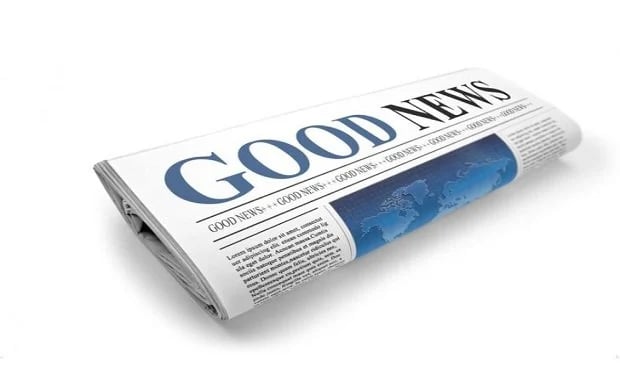Although paint and materials represent on average 11 percent of a repairable estimate, it is an area of contention for collision repair shops. Paint and materials margins are thin, and traditional forms of waste — like excess production and over processing — can combine with other behaviors, such as employees “borrowing” tape and masking spray, to become all too common. If a shop does not keep an eye on all potential areas of waste, monitor inventories, and make sure they are earning a decent profit, this area can hemorrhage money.
Calculating paint and materials reimbursement is a primitive process in many areas. Multiplying a dollar rate (usually around 50 percent of the body labor rate) by the refinish hours for the estimate is a widely accepted formula. A few companies offer a calculator that takes into account ounces sprayed and appropriate materials, but the use of this system has been the exception. Because paint and material costs have not risen consistently in the past few years, there has been a sudden jump in costs, followed by little increase.
Recommended For You
Want to continue reading?
Become a Free PropertyCasualty360 Digital Reader
Your access to unlimited PropertyCasualty360 content isn’t changing.
Once you are an ALM digital member, you’ll receive:
- Breaking insurance news and analysis, on-site and via our newsletters and custom alerts
- Weekly Insurance Speak podcast featuring exclusive interviews with industry leaders
- Educational webcasts, white papers, and ebooks from industry thought leaders
- Critical converage of the employee benefits and financial advisory markets on our other ALM sites, BenefitsPRO and ThinkAdvisor
Already have an account? Sign In Now
© 2025 ALM Global, LLC, All Rights Reserved. Request academic re-use from www.copyright.com. All other uses, submit a request to [email protected]. For more information visit Asset & Logo Licensing.








